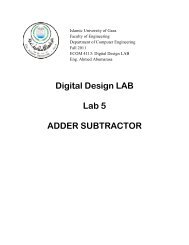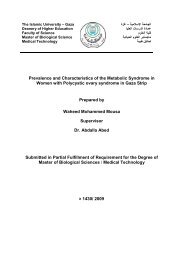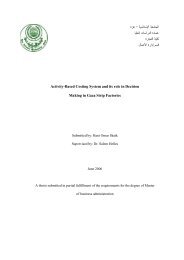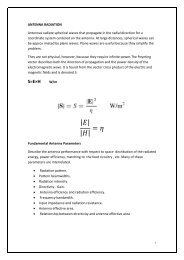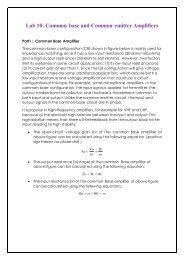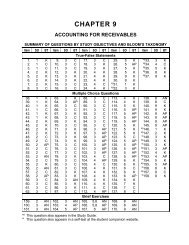A prActicAl guide Benchmarking in european Higher education
A prActicAl guide Benchmarking in european Higher education
A prActicAl guide Benchmarking in european Higher education
Create successful ePaper yourself
Turn your PDF publications into a flip-book with our unique Google optimized e-Paper software.
A STEP BY STEP APPROACH<br />
Data gather<strong>in</strong>g<br />
Choos<strong>in</strong>g a methodology for the data collection exercise<br />
Data gather<strong>in</strong>g first starts <strong>in</strong>ternally with a self-assessment, clear understand<strong>in</strong>g<br />
and documentation of <strong>in</strong>ternal processes and what to measure for<br />
what purpose, before engag<strong>in</strong>g <strong>in</strong> an exercise to generate comparative data.<br />
The type and volume of data to be collected will very much depend on the<br />
focus of the benchmark<strong>in</strong>g exercise. In any case, the amount of data collection<br />
should be realistic for best results. Measure only what needs to be measured<br />
(rather than measure what is measurable) and select or develop the best<br />
possible <strong>in</strong>dicators which will make it possible to def<strong>in</strong>e short and long term<br />
targets and benchmarks. Targets should be as precise as possible. A clear<br />
dist<strong>in</strong>ction should be ma<strong>in</strong>ta<strong>in</strong>ed between <strong>in</strong>dicators of performance and descriptions/<strong>in</strong>dicators<br />
of processes and conditions. The latter may help an understand<strong>in</strong>g<br />
of how performances came about and may be highly relevant for<br />
learn<strong>in</strong>g processes. Indicators should be sufficiently l<strong>in</strong>ked to the context of<br />
an <strong>in</strong>stitution to capture its core features while at the same time sufficiently<br />
general to allow for appropriate comparisons with benchmark<strong>in</strong>g partners.<br />
Once the focus of the benchmark<strong>in</strong>g exercise is clear it is worth carry<strong>in</strong>g out<br />
some desk research <strong>in</strong>to exist<strong>in</strong>g performance-based <strong>in</strong>dicators, standards<br />
and benchmarks for the area you wish to benchmark.<br />
For the data gather<strong>in</strong>g, the methodology will very much depend on the focus<br />
and expected outputs of the benchmark<strong>in</strong>g exercise. Quantitative data, qualitative<br />
<strong>in</strong>formation, focus<strong>in</strong>g on management processes or a mix of these, all<br />
are viable options. The benchmark<strong>in</strong>g groups <strong>in</strong> our study that claimed to use<br />
only quantitative <strong>in</strong>dicators tended to focus on sub-units rather than whole<br />
higher <strong>education</strong> <strong>in</strong>stitutions, and often exclusively focused on adm<strong>in</strong>istrative<br />
aspects or output measures.<br />
72 A Practical Guide - <strong>Benchmark<strong>in</strong>g</strong> <strong>in</strong> European <strong>Higher</strong> Education



